There was a time when owning something as simple as a well-made coat or having a variety of spices in your kitchen meant you were living the high life. Back then, these were the things that set the rich apart from the rest. Wealth wasn’t just about having lots of money—it was about the luxury of access to things that others couldn’t afford or didn’t have. Fast forward to today, and those same items are part of everyday life for many of us.
From owning a car to having a collection of books, many of the markers of wealth from previous generations are now pretty standard. What was once considered a sign of affluence is now commonplace, showing just how much our society has changed over the years. It’s a fascinating reminder of how what we see as basic today might have been seen as extravagant not so long ago.
Indoor Plumbing

Imagine a time when indoor plumbing was a luxury only the wealthiest could afford. In the Victorian era, having an ornate bathroom with porcelain fixtures was a sign of true opulence. Today, this would be considered quite basic, as most homes come equipped with modern plumbing.
The installation of indoor plumbing changed the way people lived, bringing convenience and cleanliness into the home. Once a privilege, it’s now a standard part of daily life. The evolution of plumbing demonstrates progress and societal change, showing how what was once rare is now common.
Refrigeration
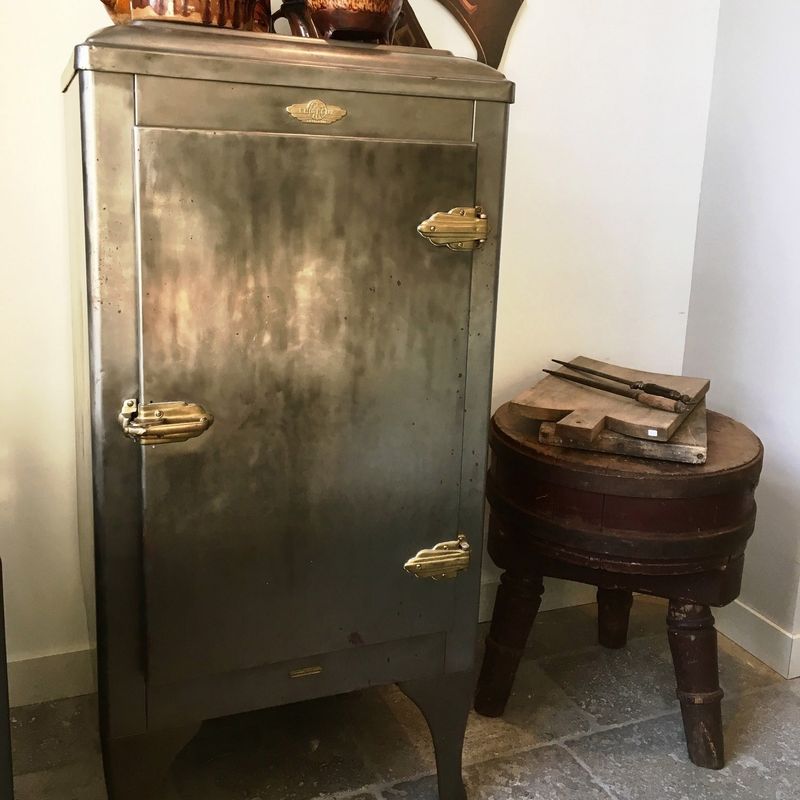
In the early 20th century, having an icebox was a marker of affluence. Before the refrigerator became an everyday household item, the ability to keep food fresh was limited to the wealthy. This convenience changed the way people stored and prepared food.
Nowadays, refrigeration is ubiquitous, and we can’t imagine life without it. It’s hard to believe that something so essential was once a luxury. The icebox’s transformation into today’s refrigerator illustrates how technological advancements make life simpler for everyone.
Automobiles
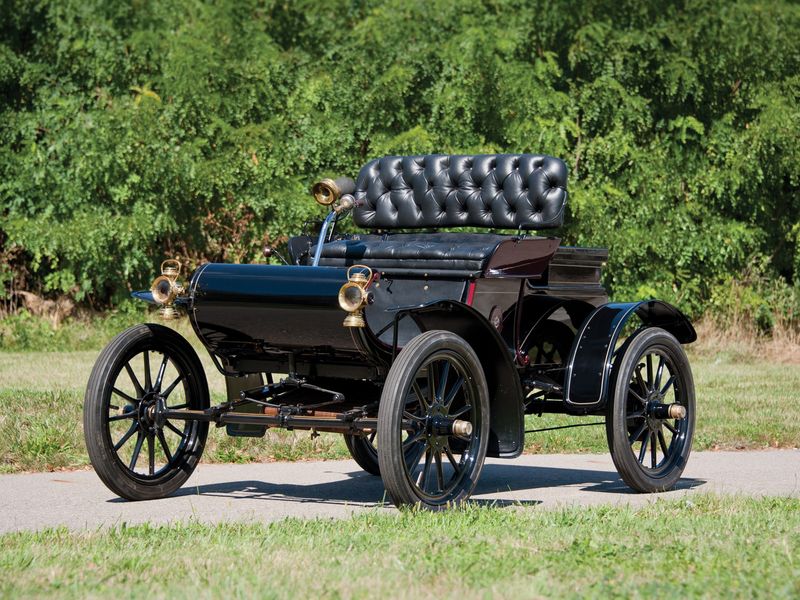
The automobile, once a status symbol, was a luxury only a few could enjoy in the early 1900s. Owning a car showed one’s wealth and social standing, as the horseless carriage was a groundbreaking innovation.
Fast forward to today, and cars are a necessity for millions around the world. They have become as common as bicycles once were. The democratization of automobile ownership reflects economic growth and increased accessibility. From a luxury to a staple, cars have revolutionized mobility and lifestyle.
Electricity
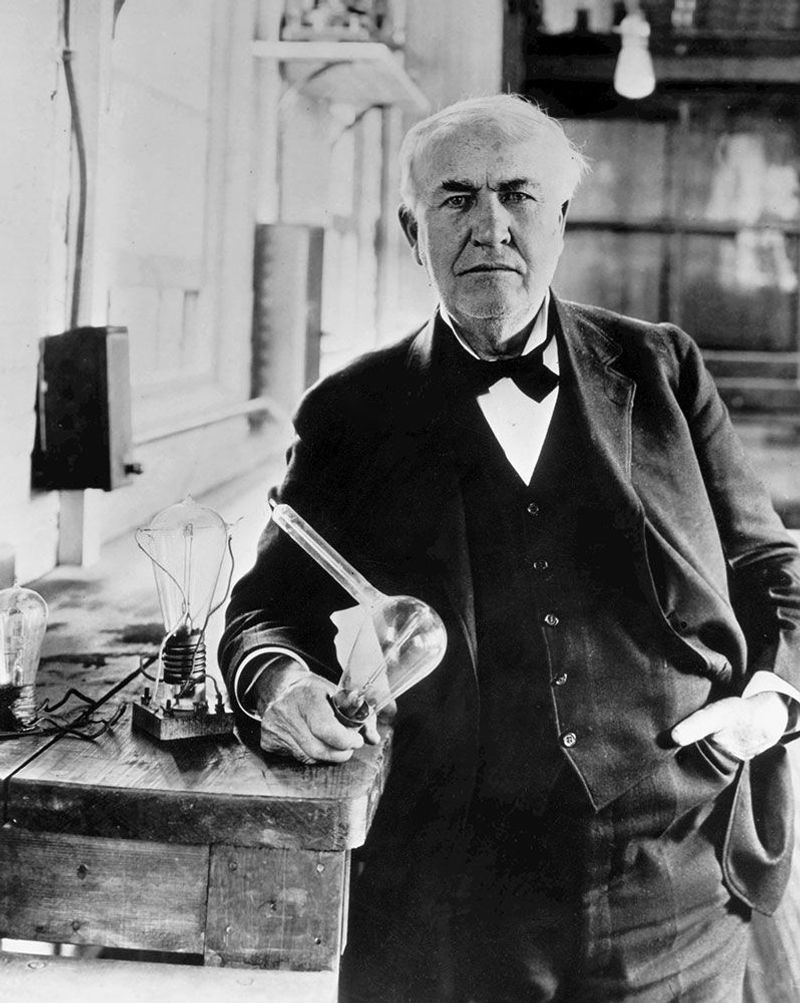
Electricity was once a luxury that only the affluent could afford. In the early days, having electric lights in one’s home was a sign of modernity and wealth. The glow of electric bulbs was a marvel and a new era of convenience.
Today, electricity is an essential utility accessible to nearly everyone. It powers our homes, devices, and lives. The spread of electricity showcases how an exclusive commodity evolved into a necessity, underscoring the progress of society and technology.
Television
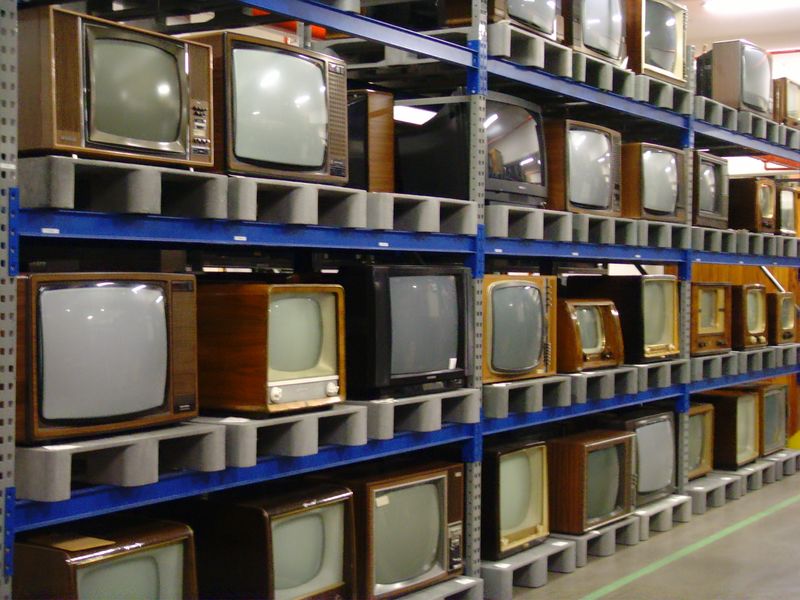
Television, during its inception in the mid-20th century, was an emblem of status. The ability to watch moving pictures in one’s home was something only the privileged could boast. Families would gather around this magical box, entertained and informed.
The television has since become a staple in nearly every household worldwide. It’s fascinating to consider how this once-exclusive item became a standard form of entertainment. The evolution of television mirrors the rapid technological advancements, from black-and-white to smart TVs.
Running Water

Running water in the home was once a luxury that marked wealth and sophistication. During the 19th century, having a brass tap in the kitchen was a privilege only the affluent enjoyed. It symbolized modern living and convenience.
Today, running water is a basic necessity, taken for granted in most parts of the world. The transition from luxury to commonality highlights the advancements in public infrastructure and quality of life. This shift underscores the importance of accessibility and innovation.
Personal Computers
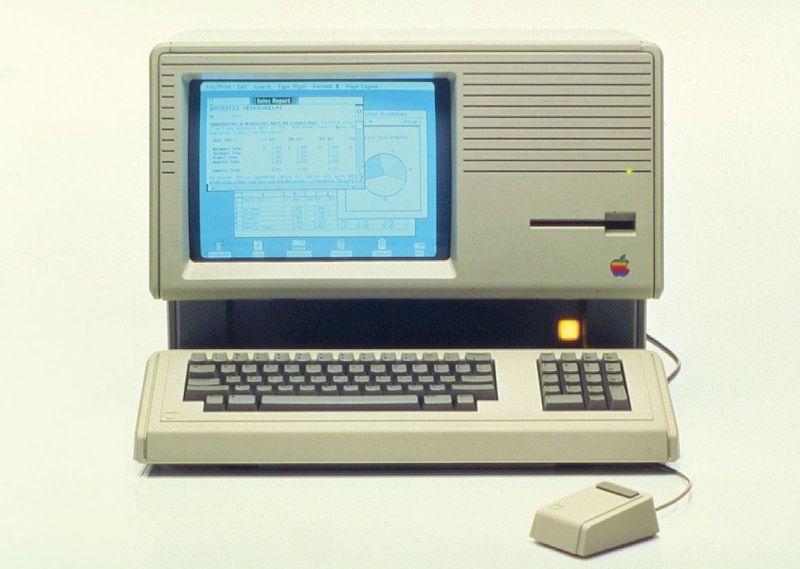
When personal computers first emerged in the 1980s, they were a luxury few could afford. Owning a computer signified wealth and forward-thinking, as most work was done manually or on typewriters.
Fast forward to today, and computers are an integral part of everyday life. From desktops to laptops, these devices have become essential for work, education, and entertainment. The proliferation of personal computers reflects the rapid technological growth and democratization of access to information.
Air Travel

In the post-war era, air travel was a luxury reserved for the affluent. Flying allowed the wealthy to experience the world in ways unimaginable before. Airports were a hub of sophistication, and travelers donned their finest attire.
Today, air travel is a routine mode of transportation for people across the globe. The democratization of flying illustrates how once-exclusive experiences have become accessible, changing how we explore and connect with the world. Air travel’s evolution is a testament to progress and globalization.
Cell Phones
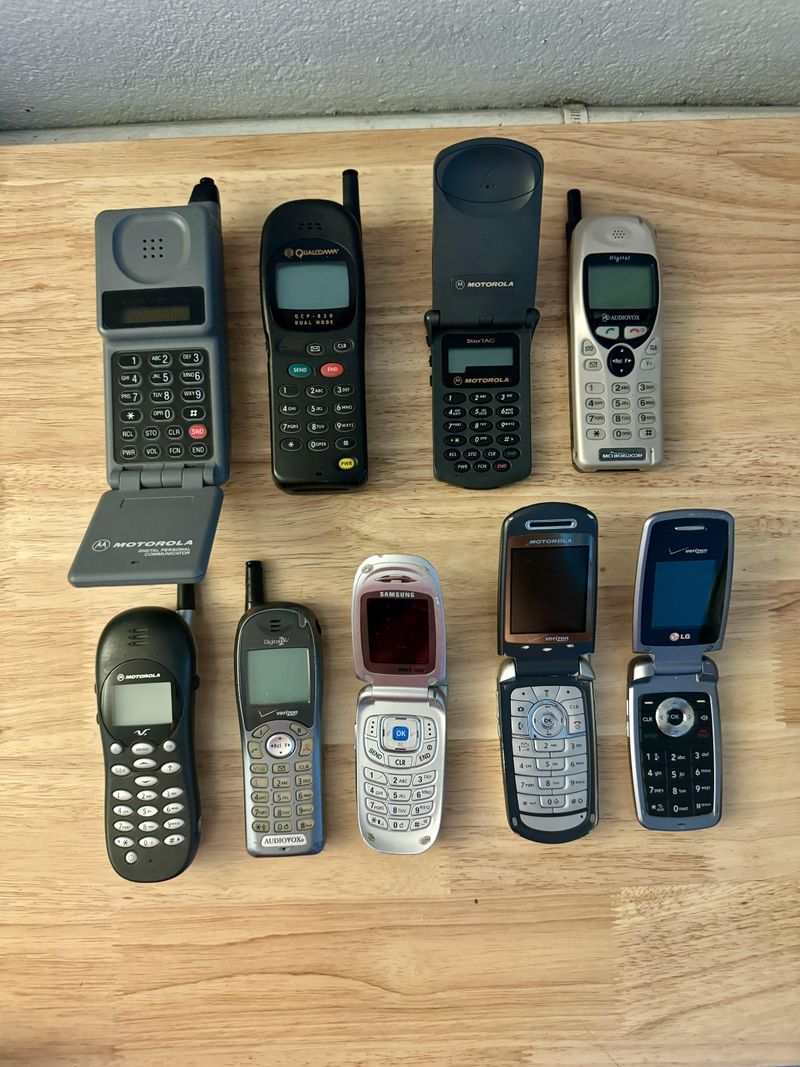
Remember the days of the ‘brick phone’? In the 1990s, owning a mobile phone was a status symbol reserved for business elites. The sight of someone with a mobile phone instantly indicated wealth and influence.
Now, mobile phones are ubiquitous, with smartphones becoming extensions of ourselves. It’s astonishing how quickly this technology evolved from luxury to necessity. The journey of the mobile phone highlights the pace of technological innovation and the narrowing gap between luxury and everyday life.
Vacuum Cleaners
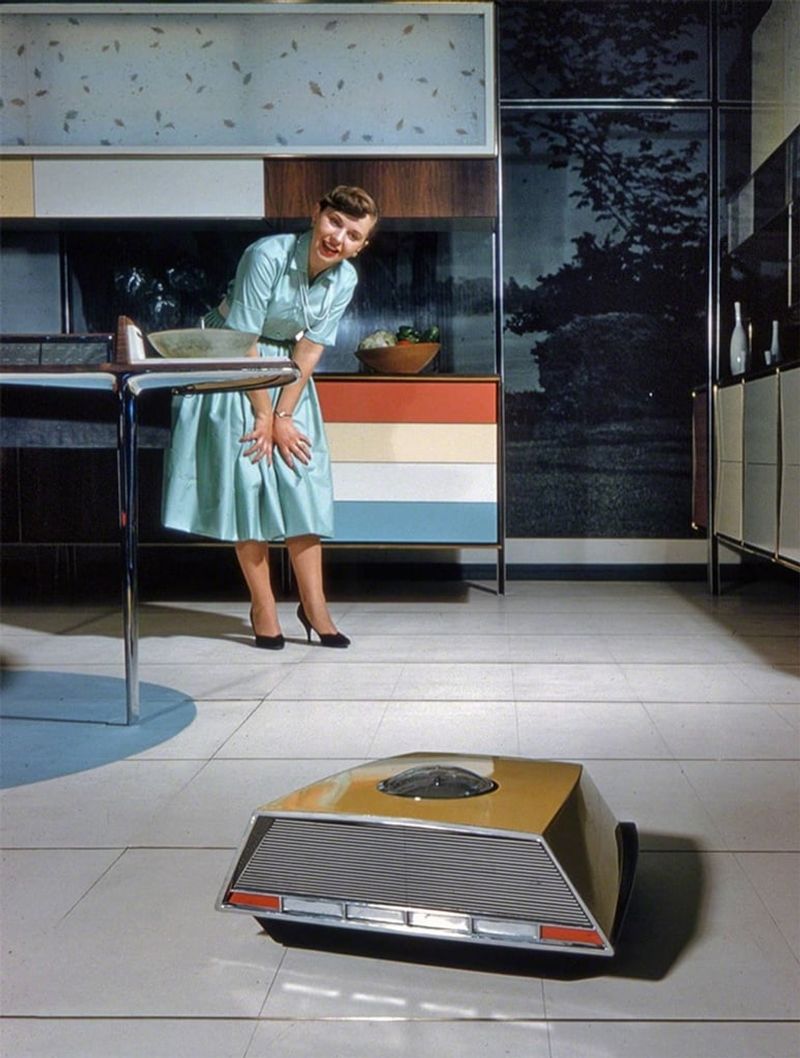
Vacuum cleaners were once a luxury item that signified modern living. During the mid-20th century, having an electric vacuum cleaner was a convenience only the well-to-do could afford.
Today, vacuum cleaners are household staples, making cleaning efficient and accessible to all. The evolution of this appliance reflects the progress in home technology, adapting to the needs of modern living. From manual labor to automated ease, vacuum cleaners symbolize the shift towards efficiency and simplicity in domestic chores.
Dishwashers
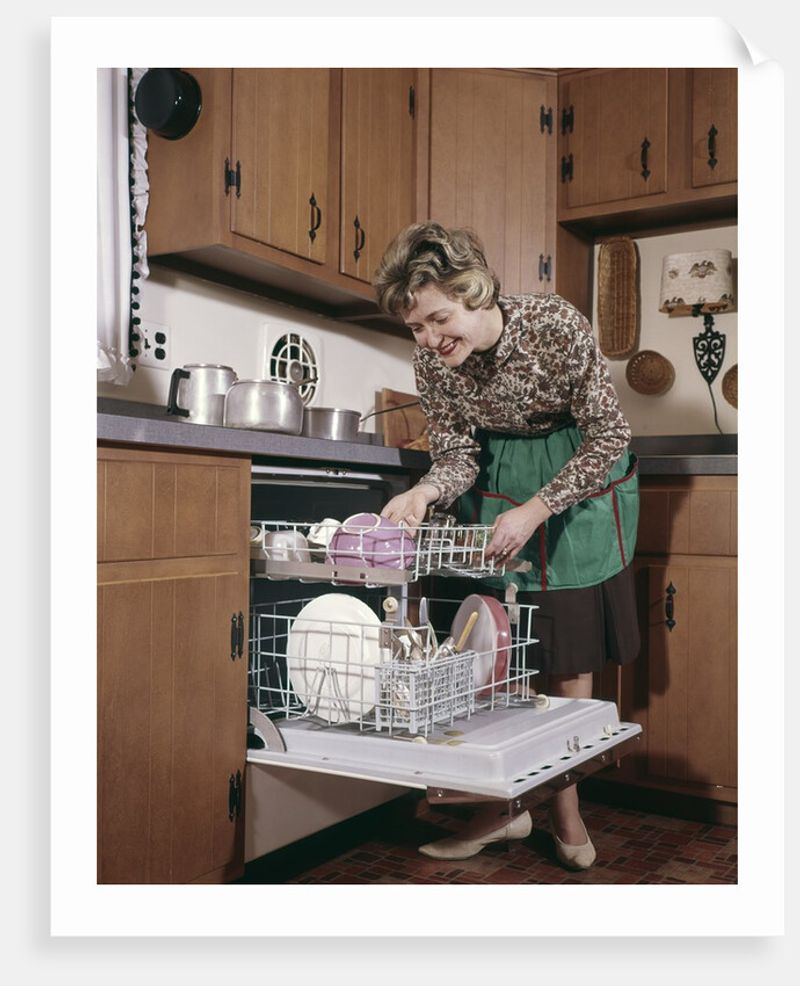
In the 1960s, dishwashers were a luxury that represented modern convenience. Owning one was a mark of affluence, reducing the labor-intensive task of washing dishes by hand.
Today, dishwashers are ubiquitous in many households, freeing up time for other activities. The spread of this appliance highlights the importance of time-saving innovations in domestic life. The transition from luxury to necessity underscores how technology continues to enhance our daily routines, offering convenience to all.
Microwave Ovens
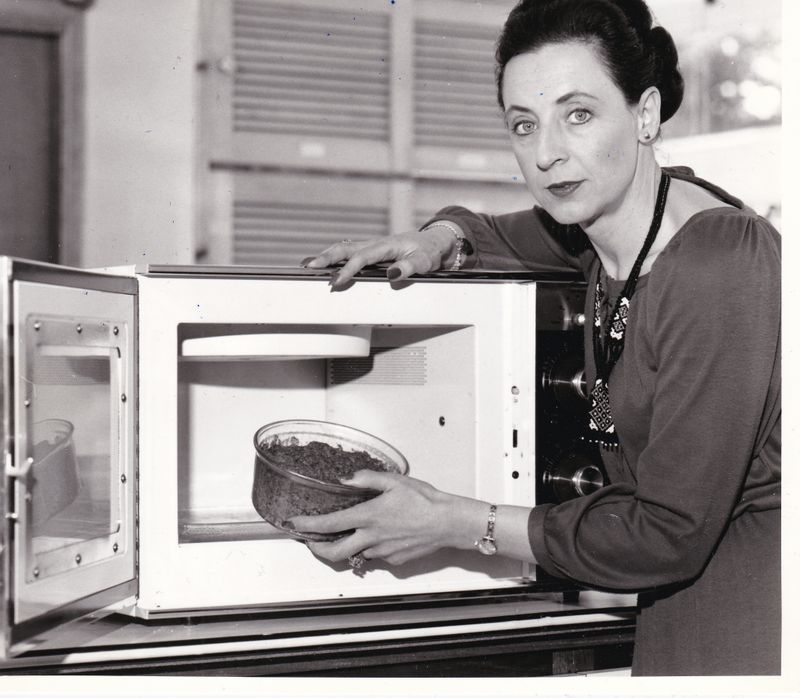
The microwave oven revolutionized cooking in the 1970s and was initially a luxury for the well-to-do. Its ability to heat food quickly was a novel convenience that many admired.
Today, microwaves are a common fixture in kitchens worldwide, simplifying meal preparation for busy lifestyles. The evolution of the microwave reflects the societal shift towards faster, more efficient ways of living. This once-exclusive appliance has become a kitchen staple, demonstrating the power of innovation in everyday life.
Air Conditioning
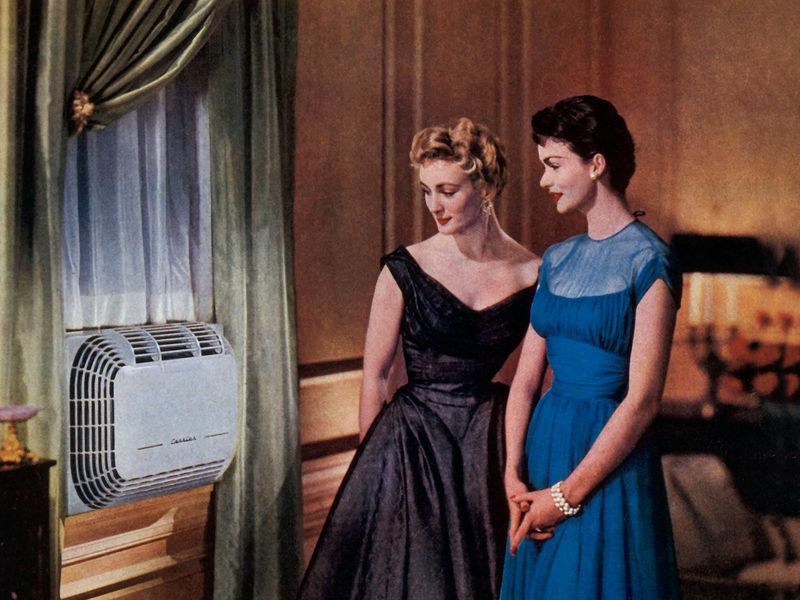
Air conditioning, when first introduced, was a luxury only the affluent could enjoy. In the 1950s, having a window unit was a mark of modernity and comfort.
Today, air conditioning is a standard feature in many homes, providing respite from the heat. The widespread availability of air conditioning reflects advancements in technology and living standards. From luxury to necessity, air conditioning has transformed how we experience comfort in our homes.
Washing Machines
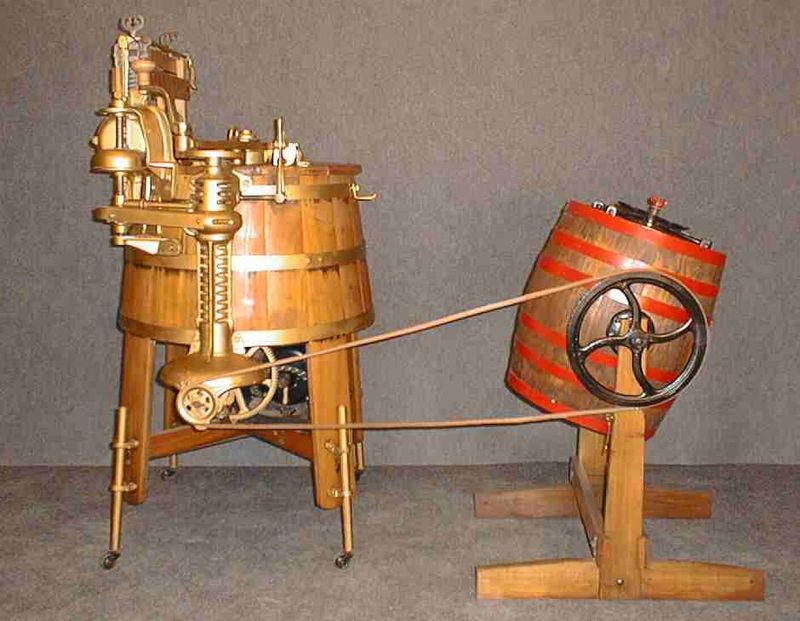
The washing machine, introduced in the early 20th century, was a luxury that made laundry easier and more efficient. Owning one signified wealth, as washing by hand was labor-intensive.
Today, washing machines are common in households, revolutionizing how we manage chores. This appliance’s evolution from luxury to necessity highlights the advances in home technology, offering convenience and efficiency. The washing machine’s impact on daily life is profound, freeing time for leisure and other activities.
Electric Stoves

In the mid-20th century, electric stoves were a luxury that modernized cooking. Replacing traditional wood or coal stoves, they represented progress and innovation in the kitchen.
Today, electric stoves are standard appliances in many homes, providing efficient and clean cooking options. The transition from luxury to everyday utility reflects technological advancements that enhance our living standards. Electric stoves have transformed how we cook, offering convenience and reliability.
Color Televisions
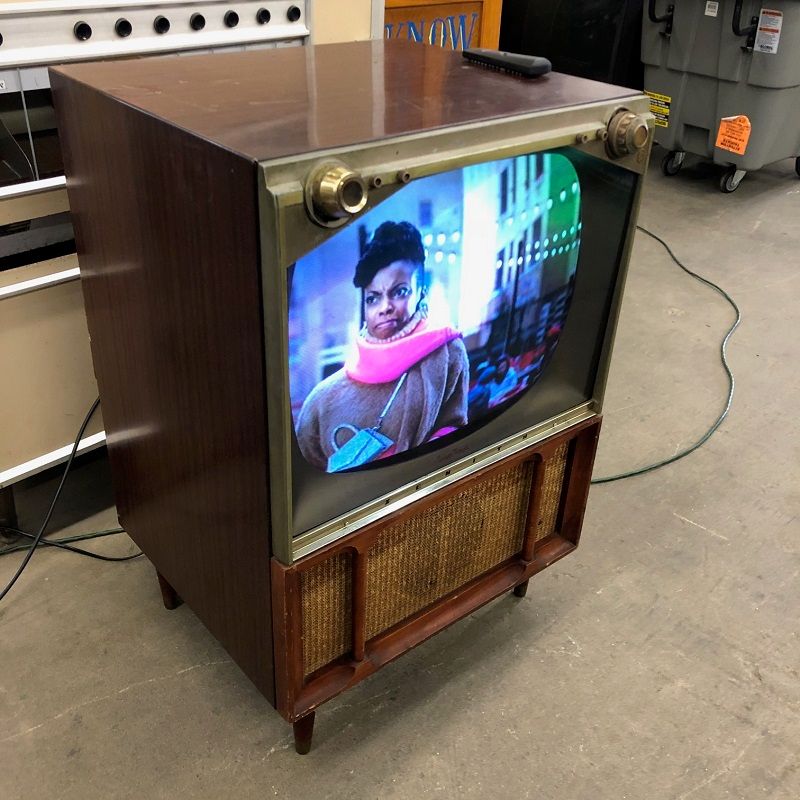
Color television was a luxury in the 1970s, offering a vibrant viewing experience that black-and-white sets couldn’t match. Families gathered around to enjoy colorful shows, a treat for the affluent.
Today, color TVs are a standard feature in homes worldwide, evolving into high-definition and smart versions. The journey from luxury to necessity highlights the rapid advancement in entertainment technology. Color television’s widespread adoption changed how we consume media, making vibrant storytelling accessible to all.
Home Theaters
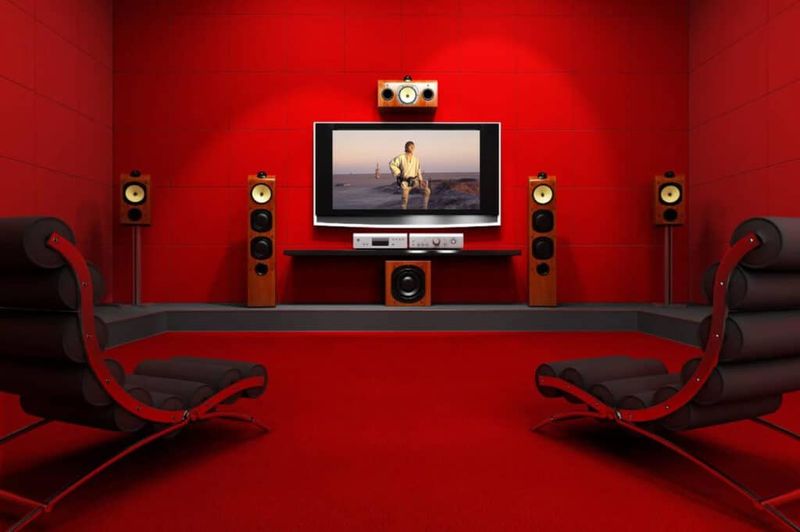
In the 1980s, a home theater was a dream for many and a reality for few. It represented the ultimate in-home entertainment, with plush seating and large screens for an immersive experience.
Today, home theaters have become more accessible, with technology offering high-quality audio and visuals at a fraction of the cost. The evolution from luxury to commonality reflects the democratization of entertainment technology, allowing more people to enjoy the cinematic experience at home.
Private Telephones
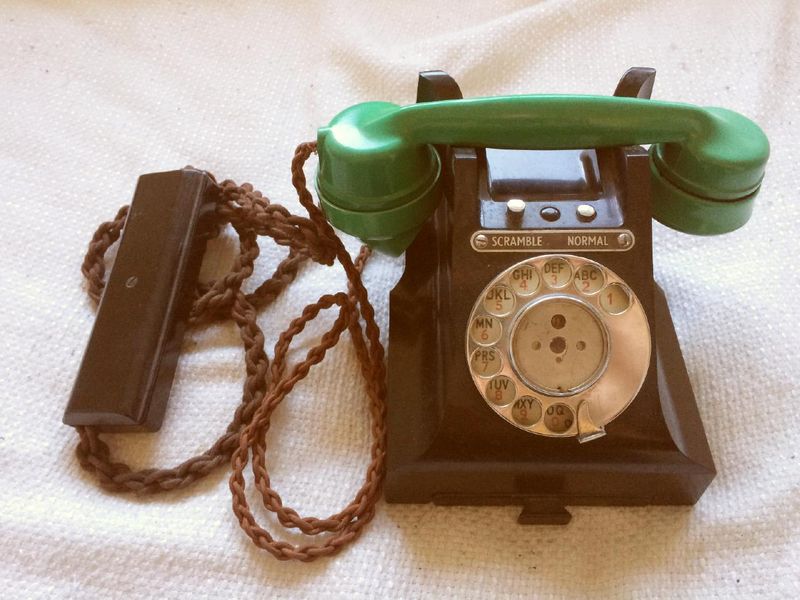
In the 1940s, having a private telephone line was a luxury that signified wealth and social status. It meant staying connected in a world where communication was mostly face-to-face.
Today, private telephones are a given, with mobile phones ensuring constant connectivity. The transformation from luxury to necessity highlights the technological revolution that has reshaped communication. Private telephones laid the groundwork for the connected world we live in today.
Wristwatches
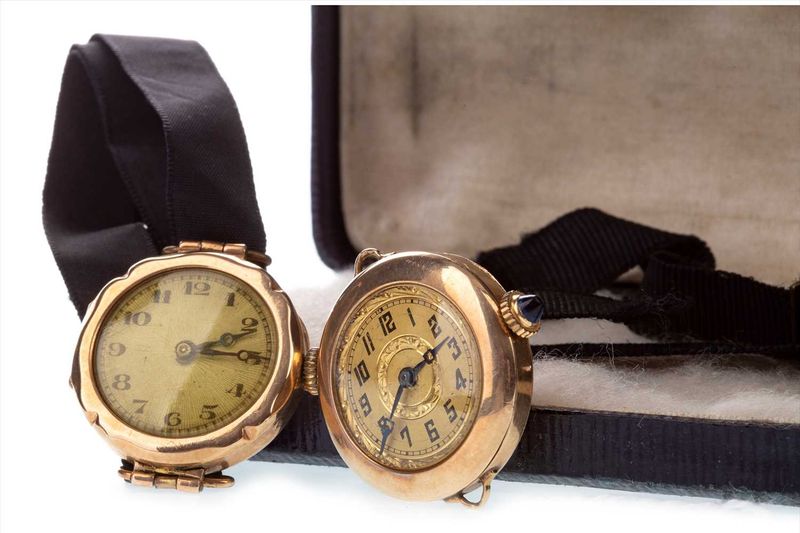
In the early 20th century, wristwatches were a luxury item, often crafted with precision and elegance. Owning one signified sophistication and style, reserved for the wealthy.
Today, wristwatches are commonplace, with styles and functions catering to various needs. The shift from luxury to accessibility illustrates the democratization of fashion and technology. Wristwatches have evolved from mere timekeeping devices to fashion statements, reflecting personal taste and identity.
Home Libraries
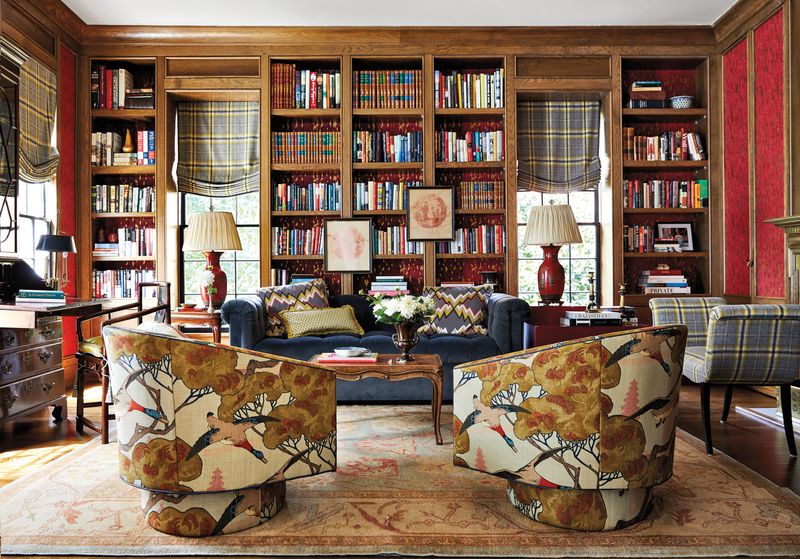
A home library was once a sign of true wealth and intellect, filled with leather-bound volumes and rare editions. In the Victorian era, a grand library was a luxury only the elite could afford.
Today, while physical home libraries are less common, the accessibility of books and digital reading platforms has made knowledge widely available. The evolution from luxury to wide accessibility underscores the value of education and the dissemination of knowledge in modern society.
Silverware Sets
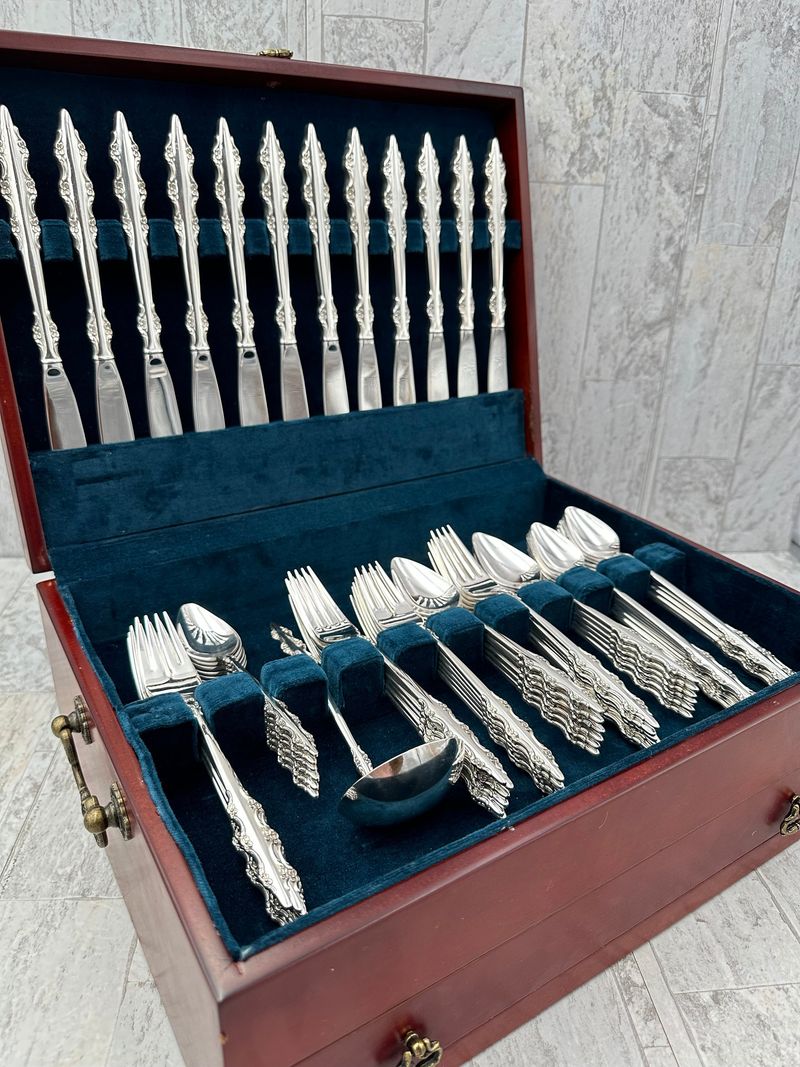
In the 19th century, owning a complete silverware set was a sign of wealth and sophistication. These ornate pieces were displayed with pride during lavish dinners and gatherings.
Today, while silverware is still a symbol of elegance, it is more accessible, with affordable options available. The transition from luxury to accessibility highlights the changing tastes and production methods. Silverware sets continue to be cherished, representing tradition and style in dining experiences.
Home Spas

Once a luxury enjoyed only by the wealthy, home spas have become increasingly accessible. A spa bathroom with features like a jacuzzi and mood lighting was once the epitome of opulence.
Today, many homes incorporate spa-like elements, offering relaxation and rejuvenation. The shift from luxury to commonality reflects changing lifestyle priorities, emphasizing wellness and self-care. Home spas illustrate how once-exclusive amenities have become integral to modern living, enhancing comfort and tranquility.
Gym Memberships

In the 1980s, gym memberships were a luxury for the health-conscious elite. High-end gyms with state-of-the-art equipment were exclusive spaces for fitness enthusiasts.
Today, gym memberships are widely accessible, with options catering to various budgets and preferences. The evolution from luxury to necessity highlights the growing importance of health and fitness in everyday life. Gyms have become community hubs, promoting wellness and an active lifestyle for all.
Designer Clothing
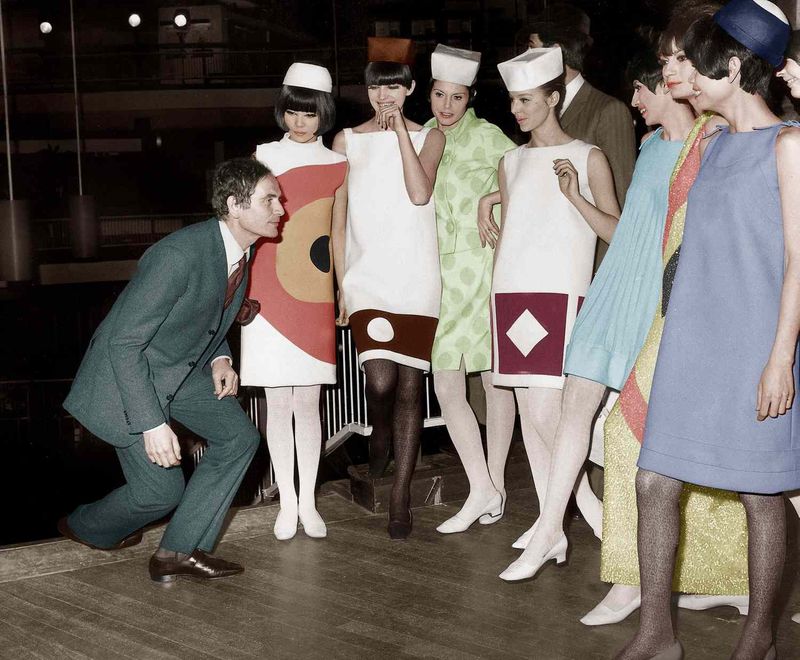
Designer clothing, once reserved for the affluent, was a hallmark of style and status in the 1960s. Fashion shows showcased the latest trends, accessible only to the elite.
Today, designer labels have become more accessible, with brands offering a range of collections to suit different tastes and budgets. The shift from exclusive to accessible fashion reflects the changing dynamics of the industry, promoting inclusivity and diversity in style. Designer clothing continues to inspire, blending luxury with everyday wear.
